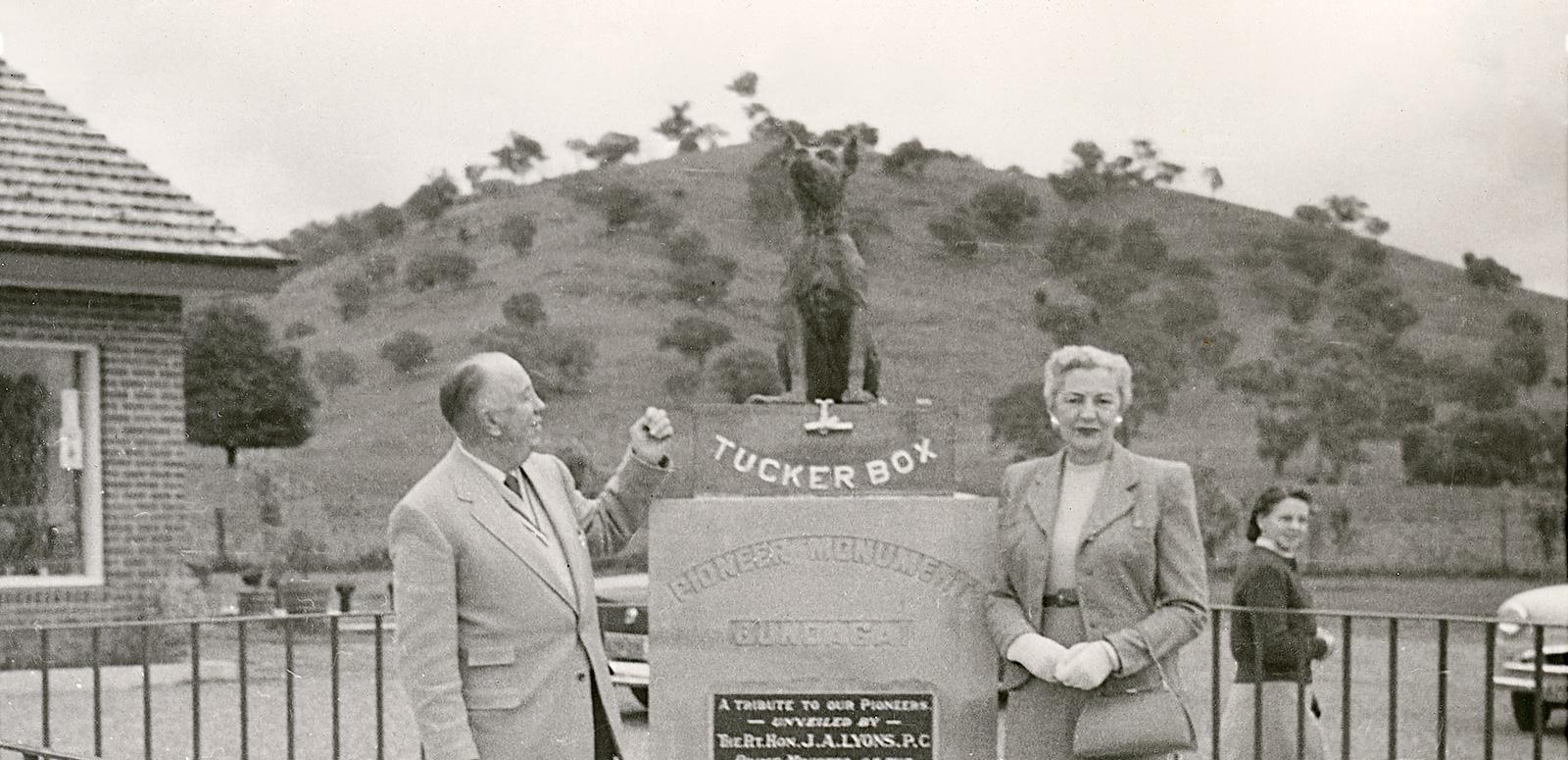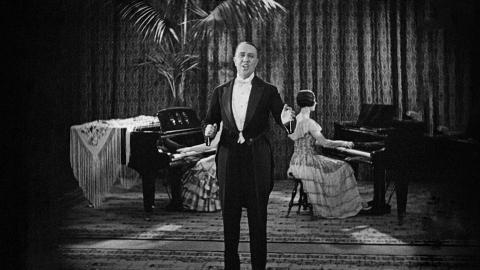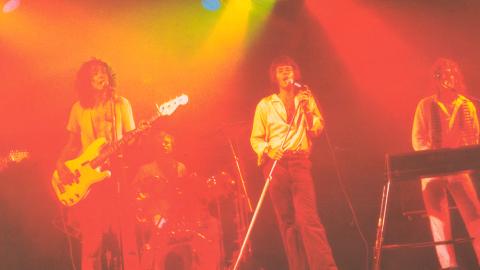

The Songs of Jack O'Hagan
Jack O'Hagan – 'The Road to Gundagai' composer
Our curated collection highlights the career of Jack O'Hagan, an Australian singer-songwriter and radio personality who penned such popular songs as 'Along The Road To Gundagai' (1921), 'Our Don Bradman' (1930) and 'Dog on the Tuckerbox' (1938).
Songs about places and famous faces
One of the most prolific songwriters of the early twentieth century, it is believed that Jack O’Hagan wrote over 600 songs. More than 130 were published during his lifetime, with a number written under pseudonyms.
Peter Dawson's 1931 recording of 'Along the Road to Gundagai' reportedly sold 50,000 copies of 78rpm shellac discs in just three months. O'Hagan's only filmed appearance is of him performing his most famous song:
Jack O’Hagan sings 'Along the Road to Gundagai', 1931. NFSA title: 115539
While best known for his popular songs, O'Hagan's work also extended to scores for silent films and stage shows, dance music and advertising jingles.
He wrote three songs about Gundagai without ever having been there – 'Along the Road to Gundagai', 'Where the Dog Sits on the Tuckerbox' and 'When a Boy from Alabama Meets a Girl from Gundagai'. He finally visited the New South Wales town in 1956 as guest of honour at its centenary celebrations.
O'Hagan could also be called on to produce songs honouring famous Australians of the day, like Don Bradman and aviators Amy Johnson ('A Lone Girl Flier') and Charles Kingsford Smith ('Kingsford Smith: Aussie is Proud of You').
Song plugger and jingle writer
John Francis O’Hagan (29 November 1898 – 15 July 1987) was born in Fitzroy, Melbourne and began composing music in his early teens. He got his publishing break in 1917 with the publication of four songs, three with music by pianist and composer Henri Penn.
Penn later introduced O’Hagan to George Sutherland, the managing director of Allan & Co. music house. Allans employed him as a professional manager or ‘song plugger’, getting Allans songs – including many of O'Hagan's own compositions – into theatres and dance halls.
Throughout the 1920s O'Hagan achieved success with songs linked to silent films, and began broadcasting with the Melbourne radio station 3AR, then 3LO, 3AW, and 3DB.
After the Second World War, O'Hagan's catchy comedic and topical songs declined in popularity. He successfully moved into advertising, joining O'Brien Publicity and penning jingles for 14 years until his retirement in 1965.
O'Hagan was awarded an OBE in 1973 and died in 1987, aged 88.
There are four O'Hagan compositions in the NFSA's Sounds of Australia: Peter Dawson’s recording of 'Along the Road to Gundagai' (1931), Len Maurice's recording of 'Our Don Bradman' (1930), Tex Morton's recording of 'Wrap Me Up In My Stockwhip and Blanket' (1936) and 'After the Dawn' (1926) by Sydney Simpson and his Wentworth Cafe Orchestra, which is the first record to be entirely composed, performed, recorded and pressed by Australians.
Explore the Jack O'Hagan curated collection for more songs, interviews, jingles and images.
The National Film and Sound Archive of Australia acknowledges Australia’s Aboriginal and Torres Strait Islander peoples as the Traditional Custodians of the land on which we work and live and gives respect to their Elders both past and present.


